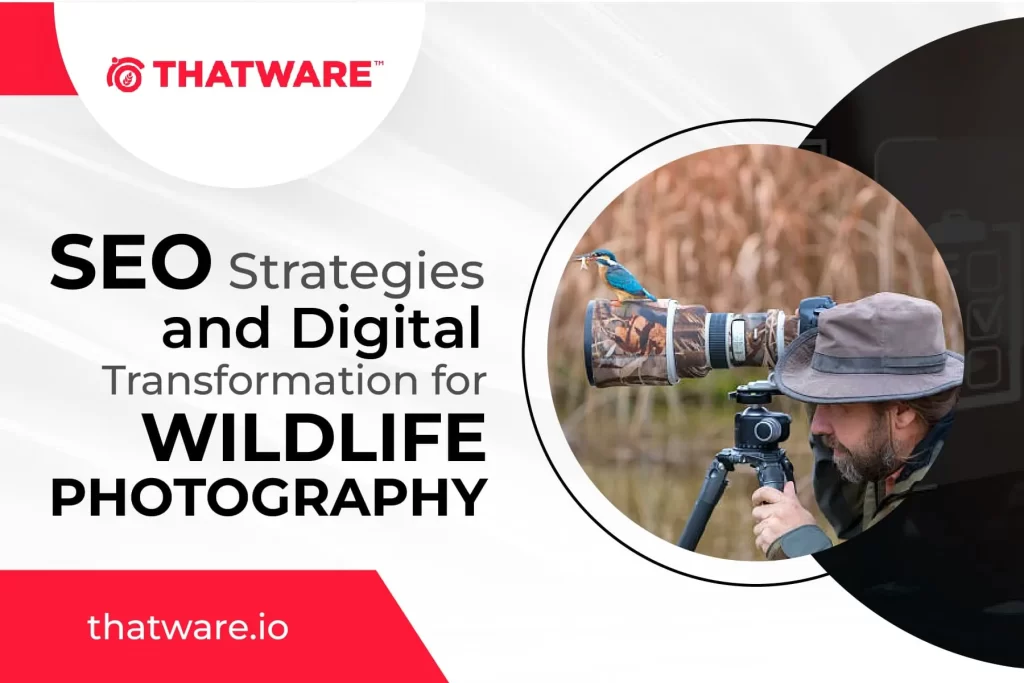When people are able to enjoy the beauty recorded by the photographer, they learn more about wildlife and conservation and become more interested in ecology and conservation. That is why wildlife photography has become so popular, and wildlife photographers are in demand. If you are one of those wildlife photographers, you need the help of certain SEO strategies to increase organic traffic and enhance the website’s growth. Here are a few SEO strategies listed below.
- Research keywords
- Optimize your website
- Create high-quality content
- Use alt tags
- Use social media
- Build backlinks
- Use analytics tools
- Update your website regularly
- Research keywords
Start by identifying the keywords that people are using to search for wildlife photography. Use tools like Google’s Keyword Planner or Ahrefs to find relevant keywords and see how much traffic they get. Make a list of the most relevant and high-volume keywords and use them throughout your website and content.
- Optimize your website
Make sure your website is optimized for search engines. This includes things like having a fast loading speed, a clean and organized structure, and relevant and unique content. Use your chosen keywords in the titles, headings, and throughout the content on your website.
- Create high-quality content
In order to rank sufficiently in search results, it’s important to have high-quality content on your website. This includes not just the text on your website but also the photos and videos you share. Make sure your photos are high-resolution and that your videos are well-produced.
- Use alt tags
Alt tags are a piece of HTML code that describes an image on a web page. They help search engines understand what an image is about and can improve your website’s SEO. When adding images to your website, be sure to use descriptive and keyword-rich alt tags.
- Use social media
Modern youths spend half of the day on social media. Social media is a great way to promote your wildlife photography and drive traffic to your website. Share your photos and videos on platforms like Instagram, Facebook, and Twitter and use relevant hashtags to reach a wider audience.
- Build backlinks
Backlinks are links from other websites that point to your website. They help to improve your website’s ranking in search results. To build backlinks, you can write guest posts for other websites in your niche, participate in online communities and forums, and reach out to websites and blogs to see if they would be interested in linking to your website.
- Use analytics tools
Use tools like Google Analytics to track your website’s traffic and see how well your SEO strategy is working. This will help you identify what’s working and what areas you need to improve upon.
- Update your website regularly
Search engines favour websites that are regularly updated with fresh and relevant content. Make sure to add new photos and blog posts to your website on a regular basis to keep it current and engaging for your audience.
Bottom line
By following these steps, you can create an effective SEO strategy for your wildlife photography website that will help you attract more visitors and improve your search engine ranking.
